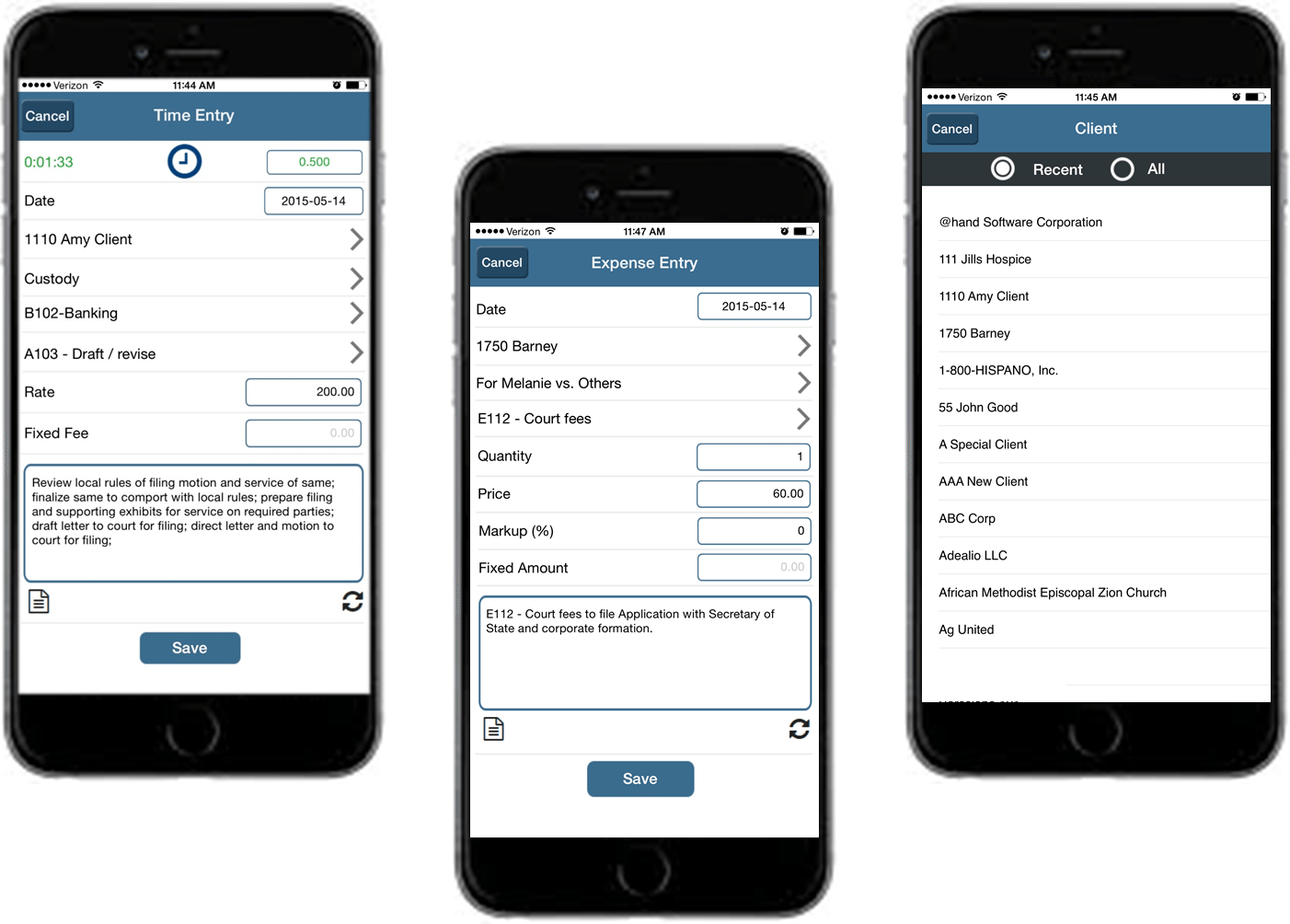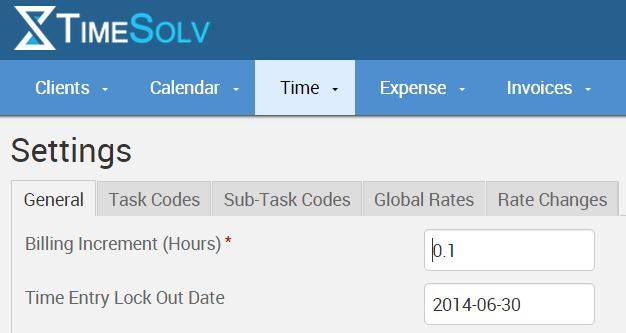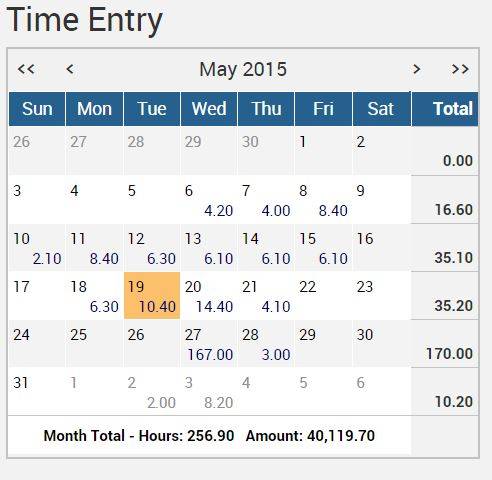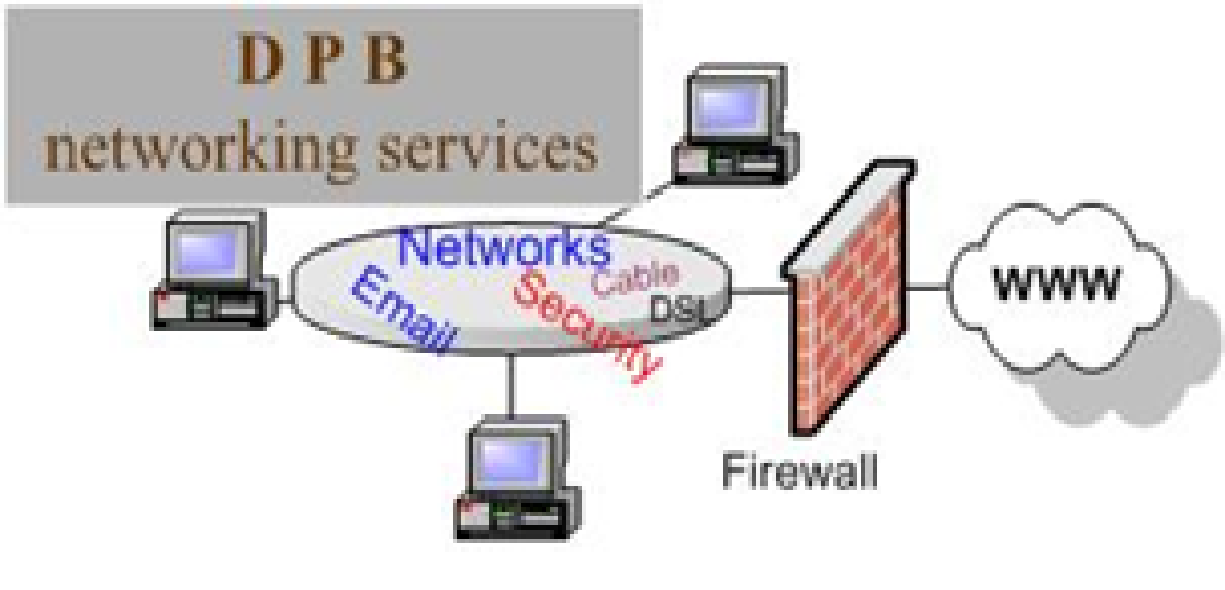TimeSolv Corporation has been providing online billing solutions for 15+ years. After interacting with hundreds of legal and other professional services firms, we would like to share the following steps and features of TimeSolv’s billing solutions to help you increase your firm’s billable hours.
Most professional service firms consider billing as an essential obligation to collect their fees. Professionals are rightly more focused on providing services to their clients than on billing.
However, the firm collects their fees by effectively billing for their hours to their customers. The primary issue is that in most firms, senior partners or managers only look at draft invoices to determine if the firm has adequately collected for the work performed. If they notice that a client is not being billed as expected, they may ask the billing administrator to contact timekeepers and determine if additional time was billed on a particular case.
Invoice creation for the majority of firms is a monthly process and it makes sense because it is how most businesses and people pay their bills. The issue is with the reviewing of billable hours only at the time of monthly invoicing.
Time is of the essence in capturing missing time. The time elapsed between when a timekeeper logs their time and when their time gets invoiced is typically 30 or more days. In some cases it is longer because firms invoice some clients on a quarterly basis.
Advice from the billing experts
To ensure that your timekeepers are capturing all their hours, please consider taking the following steps:
1.Establish a written time entry policy
For professional service firms, time is money. However, in most cases time is not treated as real dollars. It is okay to have a two-hour lunch but an equivalent $500 expense would require senior partner’s approval. The best policy is to start treating time as real money. By having a written time entry policy, a firm shows their commitment that time is money. A written time entry policy will change the culture of the firm. The policy will cover some of the advice listed below regarding when time should be captured and when missing time would be recovered.
2. Separate time tracking from billing process
Once time has been captured, it is like money in the bank. By separating the time tracking process from the billing process, your firm would reduce the time elapsed between time entry and time tracking. Billing admin would be better off reviewing and confirming that all time is captured every week. By using a weekly review process, billing admin would not be scrambling to obtain additional hours from associates when a senior partner believes that not all the hours are included on a draft invoice.
3. All time must be entered before the end of the day
If timekeepers check the total for each day before they go home, it is very easy for them to know how long they were at work and see if all their time has been captured. Timekeepers that do not enter their time every day typically wait till 5 p.m. on Friday to make sure that their hours add up to 40 hours for the week. Due to traditional pressures to leave work early or on time on Fridays and to make sure that it looks like the timekeeper has worked full-time, a timekeeper is bound to guess their prior activities to fill their time sheets. This guessing game can be drastically reduced if the timekeeper entered their time on a daily basis. Most of the professionals work more than 40 hours a week. If time is being captured on a daily basis, their weekly total would reflect the hours that they have worked rather than just what added up to 40 hours.
4.Capture all the time, billable or not
Again, since time is money, it should be accounted the same way as firms account for money. By knowing where all the time is being spent, senior partners can make appropriate decisions to realize more of the billable time. In some firms, professionals perform low value activities that can easily be performed by a lower paid person or it can be outsourced because it is non-core function that does not add value to the firm.
5. Billing admin must review missing time once a week
This step again emphasizes the need to separate capturing of time from billing activities. If the billing admin could review missing time every Monday for the previous week, they can easily work with the timekeepers to capture missing time. Again elapsed time is of the essence. Typically the billing admin waits for feedback from a senior partner after they have reviewed the draft invoice to figure out if a particular project or matter is missing time. The billing admin then would talk to the timekeeper and make sure that the timekeeper updates their time entries to capture missing time.
Imagine the efficiencies gained when all the time has been correctly captured and it takes minimal amount of review by senior partners because they trust the billing process and know that the billing admin has been reviewing all the time entries every week. This weekly activity spreads the effort over the month and first of the week does not become crunch time for anyone to complete the billing.
6. Billing admin to close out time entries every week
After the review of time every Monday, wouldn’t it be great to close out the previous weeks’ time entries? This closeout process would let timekeepers know that they do not have an option to go back and modify their entries for the prior weeks. Again these actions create a working culture where time tracking is taken very seriously.
7. Incentives for timekeepers to enter time
And finally, if your business allows for it, pay timekeepers on commission. Please note that the commission should be based on funds received and not on just how much has been billed. If the work performed by an associate does not result in funds received, compensating them based on amount billed can be a money losing proposition for the firm. Commission-based compensation can be as low as 5% to 10% of funds collected but would result in a significant increase in billable time.
TimeSolv’s features to capture more time
TimeSolv provides specific features to help you achieve the above mentioned advice to easily capture time.
- Online, Offline, Mobile time entry
Since we want to make sure that timekeepers are easily entering their time, TimeSolv provides multiple options to make sure that every timekeeper is able to enter their time from any place at any time. Time and expenses can be entered with the Internet, without the Internet, or on mobile devices. Amongst the three options, we recommend the TimeSync application because it works on your Windows or Macintosh computers with or without the Internet.
TimeSync does not require timekeepers to login every time. In addition it has an easy-to-use timer, built-in spell check, and easy-to-use narrative replacement codes. See more details here.
Click here to learn about TimeSolv Mobile.
- Missing time report
Missing time report can be run by the billing admin or any user with appropriate access to review the missing time entries. In this example, timekeeper John Smith is missing 3.8 hours on May 6, 2015 from the required eight hours .
- Time entry lockout
To enforce the policy of requiring all time entries should be finalized by Friday of each week, every Monday billing admin can enter the date of prior Friday as the closing date.
- Daily, weekly, and monthly totals of entered time
To enforce the policy requiring that timekeepers enter all their time on a daily basis, by default TimeSolv clearly shows each timekeeper their total of entered time by the day, by the week, and by the month. In the example below, a timekeeper would easily know that they have put in eight hours for the day before they go home.
- Invoice and Work in Progress (WIP) Aging report
One of the important tools to monitor effectiveness of your firm’s billing is the Invoice and Work in Progress (WIP) Aging report. This report clearly identifies if you are able to bill and collect money for work performed. It shows both unpaid bills and unbilled time. Basically it shows how much is owed by customers as bills and as unbilled time and for how long.
- Commission reporting
TimeSolv provides a robust commission reporting capability based on funds collected. Commission is prorated based upon work performed by a timekeeper, managing the work performed by a timekeeper as a manager, and for bringing in a case as an originating attorney.
Example of revenue and commissions report showing commission on a discounted invoice.
























